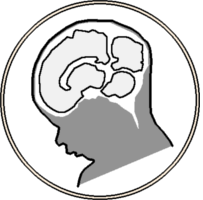Vasung, Lana, Caitlin Rollins, Hyuk Jin Yun, Clemente Velasco-Annis, Jennings Zhang, Konrad Wagstyl, Alan Evans, et al. 2020. “Quantitative In vivo MRI Assessment of Structural Asymmetries and Sexual Dimorphism of Transient Fetal Compartments in the Human Brain”. Cereb Cortex 30 (3): 1752-67.
Abstract
Structural asymmetries and sexual dimorphism of the human cerebral cortex have been identified in newborns, infants, children, adolescents, and adults. Some of these findings were linked with cognitive and neuropsychiatric disorders, which have roots in altered prenatal brain development. However, little is known about structural asymmetries or sexual dimorphism of transient fetal compartments that arise in utero. Thus, we aimed to identify structural asymmetries and sexual dimorphism in the volume of transient fetal compartments (cortical plate [CP] and subplate [SP]) across 22 regions. For this purpose, we used in vivo structural T2-weighted MRIs of 42 healthy fetuses (16.43-36.86 gestational weeks old, 15 females). We found significant leftward asymmetry in the volume of the CP and SP in the inferior frontal gyrus. The orbitofrontal cortex showed significant rightward asymmetry in the volume of CP merged with SP. Males had significantly larger volumes in regions belonging to limbic, occipital, and frontal lobes, which were driven by a significantly larger SP. Lastly, we did not observe sexual dimorphism in the growth trajectories of the CP or SP. In conclusion, these results support the hypothesis that structural asymmetries and sexual dimorphism in relative volumes of cortical regions are present during prenatal brain development.
Last updated on 02/27/2023
